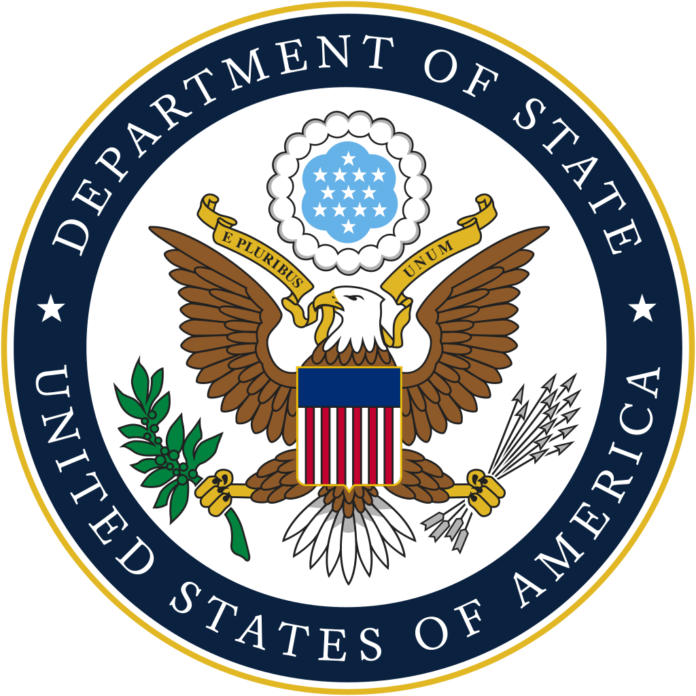Georgetown, Guyana – The 2025 International Narcotics Control Strategy Report (INCSR), issued by the U.S. Department of State, paints a complex picture of Guyana’s ongoing struggle with drug trafficking. While highlighting historic seizures and international cooperation, the report also reveals persistent challenges rooted in corruption, under-resourced law enforcement, and inadequate drug prevention strategies.
A Transit Hub for Cocaine
Guyana’s strategic location along South America’s northern coast, coupled with dense forests, hidden airstrips, and porous borders, continues to make it an attractive transit point for cocaine destined for Europe, West Africa, and the United States. Smugglers exploit commercial and private aircraft, shipping containers, couriers, and postal services to move illicit drugs.
In 2024, Guyana seized a record 4.4 metric tons of cocaine near its border with Venezuela in a joint U.S.-Guyanese operation, its largest haul ever. Another 2.3 metric tons were intercepted aboard a semi-submersible vessel off the coast. Despite these successes, the report notes that limited enforcement capacity and systemic corruption still allow traffickers to move drugs with relative impunity.
Domestic Drug Use and Prevention Efforts
Marijuana remains the most used and produced illicit drug domestically, followed by smaller quantities of cocaine and methamphetamine. While the government has a comprehensive 2022–2026 National Drug Strategy, the report finds insufficient resources and commitment to meaningfully reduce drug demand.
Public education campaigns, especially in Indigenous communities, and the expansion of psychosocial support and treatment services are ongoing. However, long-term impact remains uncertain due to weak evaluation systems and underfunding.
Corruption Undermining Enforcement
One of the report’s most concerning findings is the deep-rooted corruption within Guyana’s public sector, particularly in law enforcement and political entities. Underpaid officers and a lax justice system allow traffickers to evade prosecution. Even when charges are filed, they are often dropped or left uninvestigated. For example, in July 2024, four Guyana Defence Force (GDF) officers were charged with trafficking over 200 kg of cannabis, highlighting the extent to which state actors are involved in the drug trade.
The U.S. report states plainly that corruption remains one of the greatest threats to Guyana’s counternarcotics efforts.
Strengthening Bilateral Cooperation
Despite these challenges, Guyana remains a close U.S. ally in the regional fight against narcotics. Under the Caribbean Basin Security Initiative (CBSI), Guyana receives U.S. support in areas including:
- Law enforcement training and capacity building
- Case investigation mentorship
- Judicial reform to reduce backlogs
- Port security upgrades and regional coordination
The U.S. and Guyana also maintain active extradition and maritime interdiction agreements.
The Road Ahead
The report concludes that Guyana’s illicit drug trade significantly fuels crime and corruption, undermining economic and social development. It urges the government to:
- Modernize and properly fund security infrastructure
- Strengthen anti-corruption legislation and enforcement
- Enhance sentencing laws to deter trafficking
- Improve international intelligence cooperation
With national elections on the horizon in 2025, the pressure is mounting for the Guyanese government to show meaningful progress in tackling drug trafficking and rooting out corruption.







